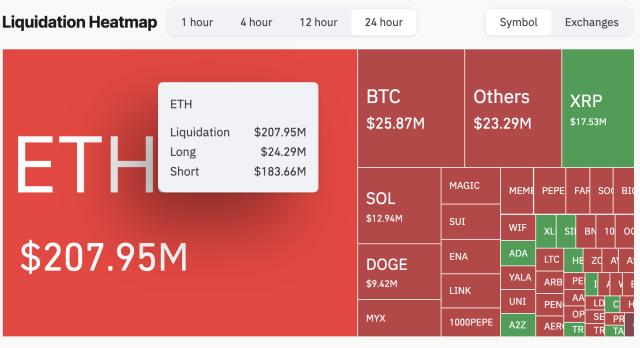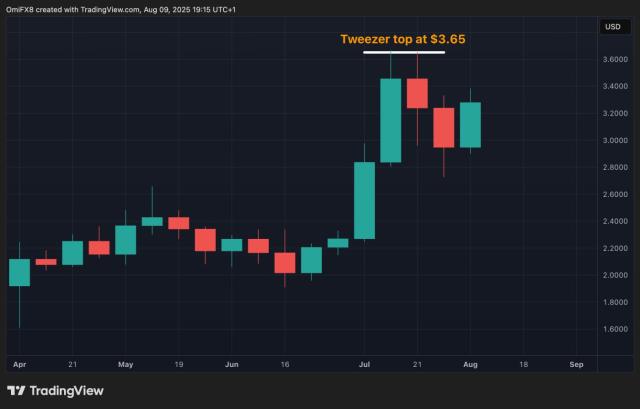US President Donald Trump declares he will significantly increase import tariffs on goods from India due to the country's continued oil purchases from Russia.
Mr. Trump emphasized that India's oil supply to Russia is the cause of conflict and he is dissatisfied with the current 25% tariff rate, planning to increase tariffs within the next 24 hours.
- The United States is preparing to increase import tariffs on goods from India.
- The current tariff is 25% but will be raised "significantly" within 24 hours.
Why is the United States deciding to increase import tariffs from India?
The US decision to increase import tariffs is aimed at opposing India's continued oil purchases from Russia, indirectly supporting the war.
Mr. Trump believes this action means India is "fueling the war machine" and causing US dissatisfaction. This move is also intended to retaliate against India's current tariff rate, which is considered too high.
The US increase in import tariffs is part of an economic strategy to pressure India to change its oil import policy, reflecting trade tensions between the two countries in a complex geopolitical context.
How will the current tariff and expected increase affect India-US relations?
Currently, import tariffs on goods from India to the US are at 25%. Mr. Trump declares he will "significantly" increase this tariff rate within the next 24 hours.
The tariff increase could escalate trade tensions between the two large economies, affecting bilateral import-export and trade activities.
Experts suggest this action may prompt India to reassess its oil import policy and potentially create a domino effect in other economic sectors, given the US's status as a major and influential trading partner.
"They are fueling the war machine, and if they continue like this, I will not be pleased."
Donald Trump, US President, 5/8/2023, CNBC
What are the potential impacts of import tariff increases for India and the US?
Increasing import tariffs could reduce the competitiveness of Indian goods in the US market, causing damage to Indian export businesses.
Simultaneously, US consumers may face higher imported goods prices, affecting living costs and the domestic economy.
In the short term, this is a move to exert geopolitical pressure and encourage India to reconsider oil import policies, but the potential downside could be long-term trade tensions if no agreement is reached.
What necessary measures are needed to resolve trade tensions between the US and India?
To minimize trade conflicts, both sides need to engage in direct dialogue and seek cooperative solutions in the petroleum and trade sectors.
Enhancing multilateral cooperation and finding common ground on geopolitical issues are also ways to alleviate tensions.
Additionally, India diversifying its oil supply sources and the US flexibly adjusting tax policies could benefit both, limiting negative economic impacts.
Frequently Asked Questions
Why is the US increasing import tariffs from India?
The primary reason is India's continued oil purchases from Russia, which the US views as supporting war and exerting economic pressure.
What is the current tariff rate and how much will it increase?
The current tariff is 25%, expected to increase "significantly" but the exact figure has not been announced.
How will the tariff increase affect US-India relations?
This is a move that increases trade tensions and could impact import-export and diplomatic sectors.
What can India do to respond to the increased tariffs?
India needs to consider diversifying oil supply sources and negotiate trade policies to reduce negative impacts.
How will US consumers be affected?
Imported goods prices from India may increase, raising living costs and impacting the domestic economy.








